Expansion of the palm oil industry in Malaysia is destroying key habitat for endangered frogs, putting them at greater risk, finds a new study published in the journal Conservation Biology.
Over a two-year period, Aisyah Faruk of the Zoological Society of London and colleagues documented the impact of oil palm plantations on the peat swamp frog (Limnonectes malesianus), an amphibian that inhabits streams and swamps in lowland forest areas in Peninsular Malaysia. According to the researchers, the peat swamp frog is absent from areas that have been converted for oil palm plantations. It is replaced by common, less endangered frog species.
“The impact we observed is different from that observed previously for mammals and birds,” Faruk said in a statement. “Instead of reducing the number of species, oil palm affects amphibian communities by replacing habitat suitable for threatened species with habitat used by amphibian species that are not important for conservation. This more subtle effect is still equally devastating for the conservation of biodiversity in Malaysia.”
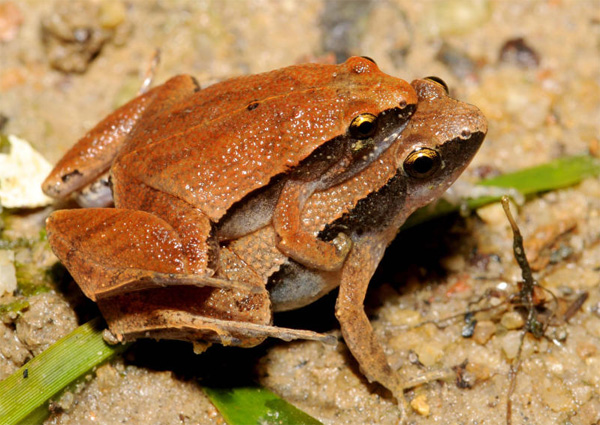
Oil palm plantations have rapidly expanded across Malaysia and Indonesia over the past thirty years, consuming millions of hectares of native forests. Due to Southeast Asia’s high number of endemic plants and animals, biologists have called oil palm expansion “the single most immediate threat to the greatest number of species” globally. Other research has shown that conversion of forests — even forests heavily degraded by industrial logging — experience sharp declines in wildlife once they are converted for palm plantations.
To get a better understanding of the effects of conversion and how to mitigate biodiversity loss in oil palm plantations, a group of scientists led by Imperial College London ecologist Rob Ewers are in the midst of a decade-long study on quantifying the impact of palm oil. The Stability of Altered Forest Ecosystems project — launched in 2011 — is monitor ecological changes—including biodiversity, erosion, soil quality, carbon dioxide emissions, and water pollution—in roughly 7,000 hectares of forest in the Maliau Basin of Sabah (Malaysian Borneo) as it is logged and planted with oil palms.
Amphibians are among the most threatened groups of animals.

CITATION: Aisyah Faruk, Daicus Belabut, Norhayati Ahmad, Robert J. Knell, Trenton W. J. Garner. Effects of Oil-Palm Plantations on Diversity of Tropical Anurans. Conservation Biology, 2013; 27 : 615 DOI: 10.1111/cobi.12062
This article was written for Mongabay.com and re-posted on Focusing on Wildlife.

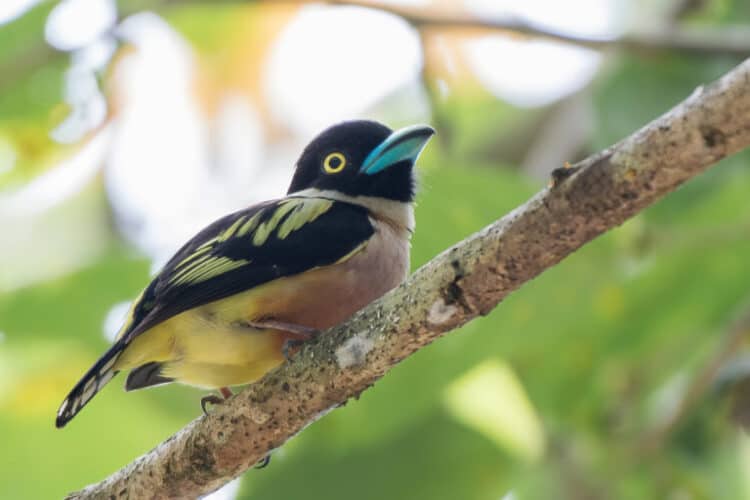
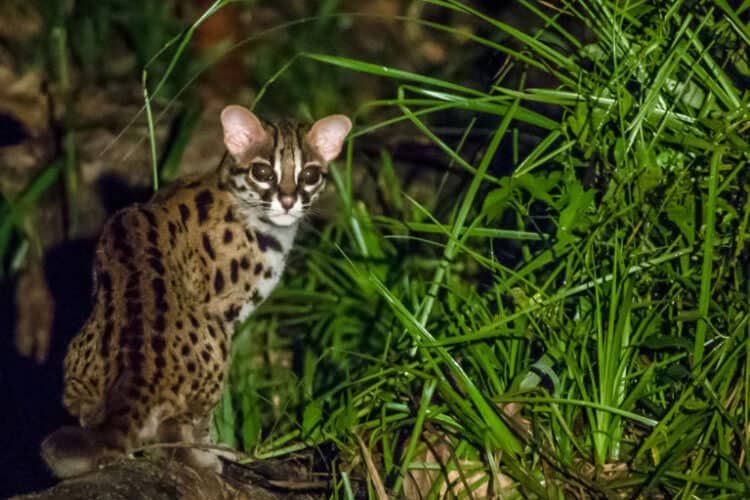
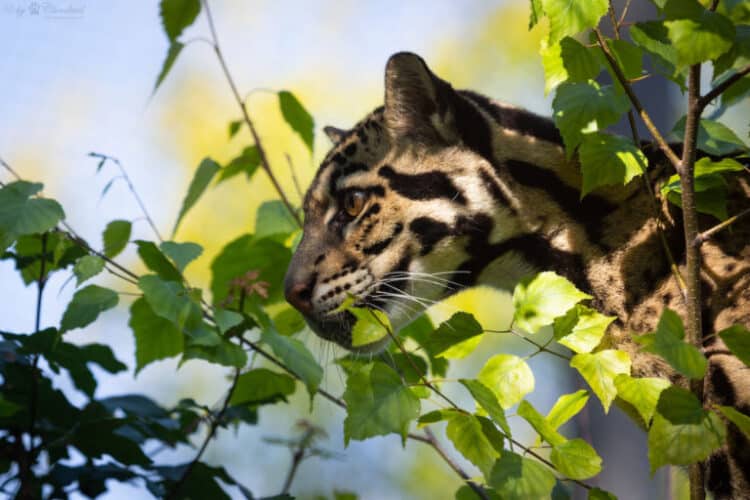

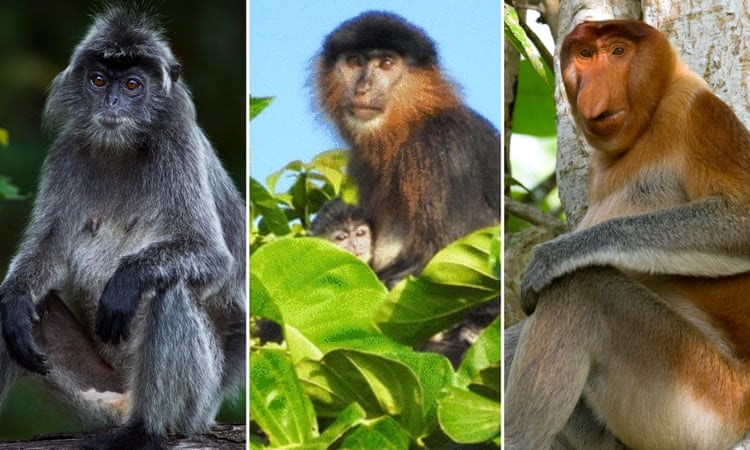
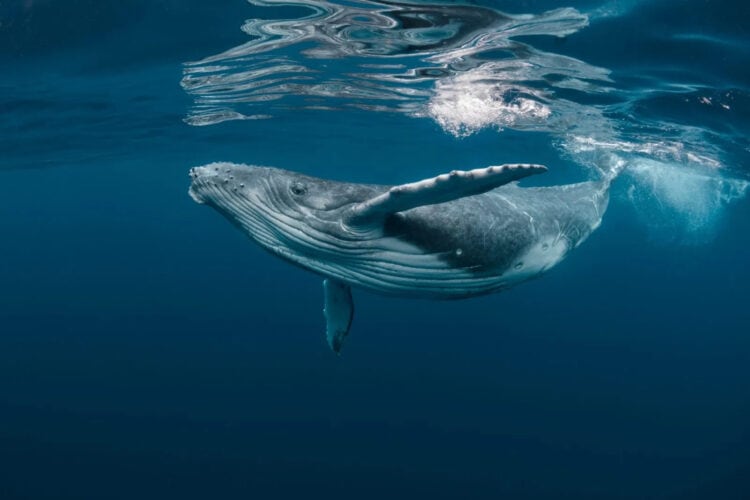
Leave a Reply